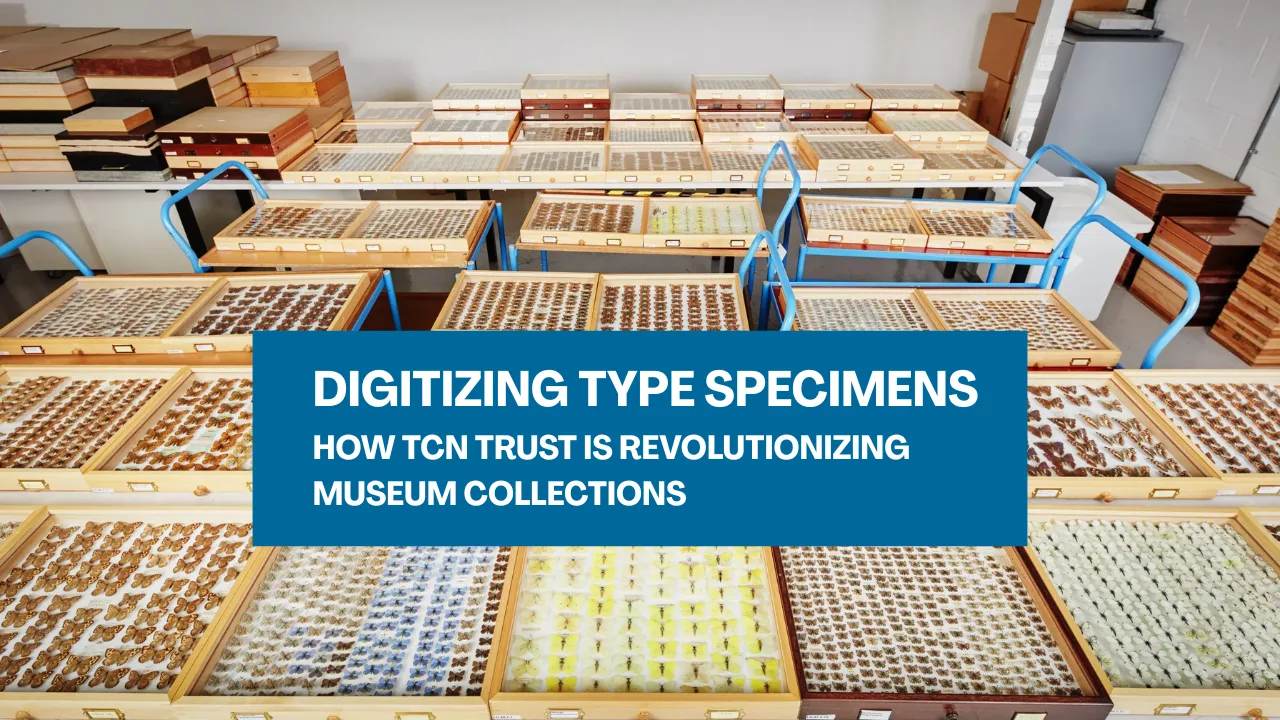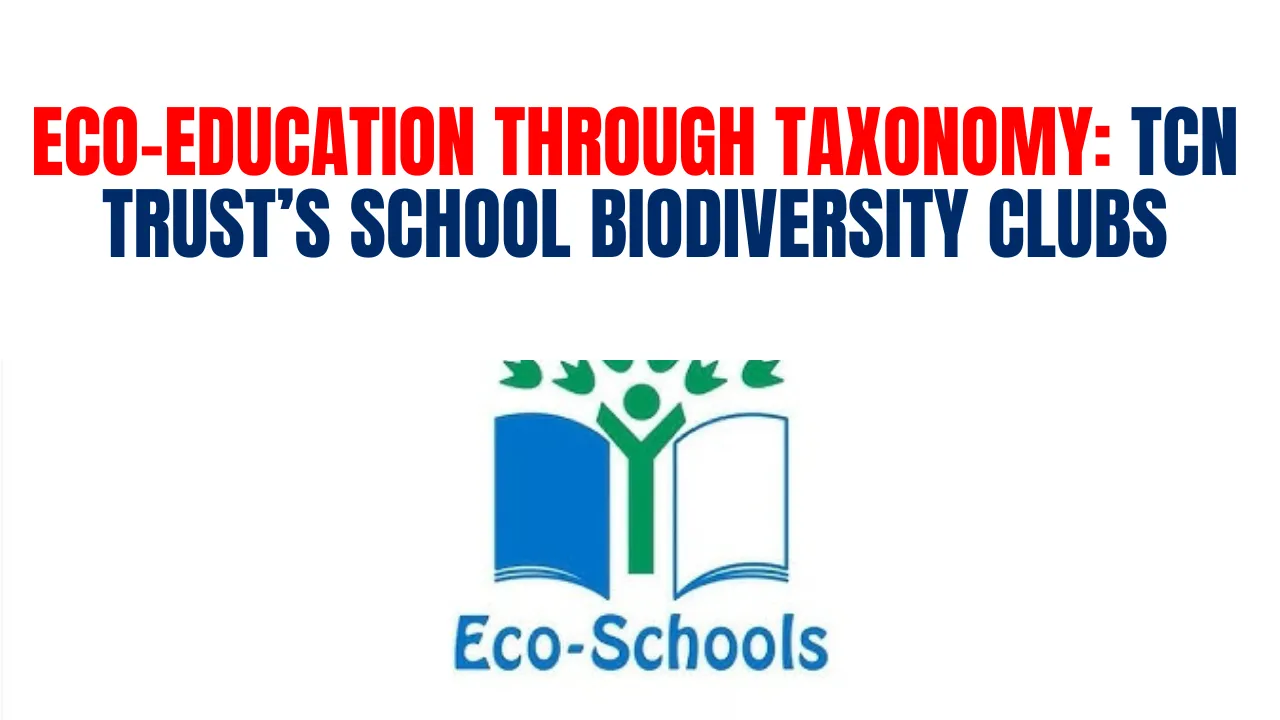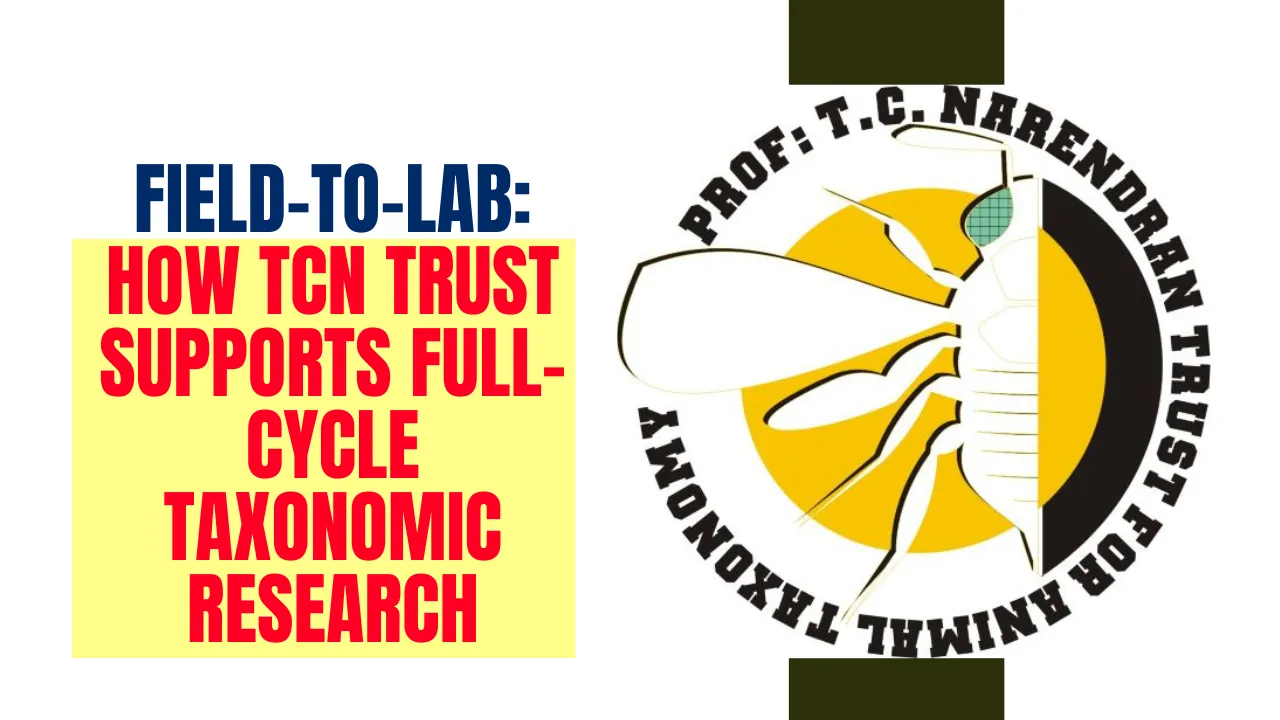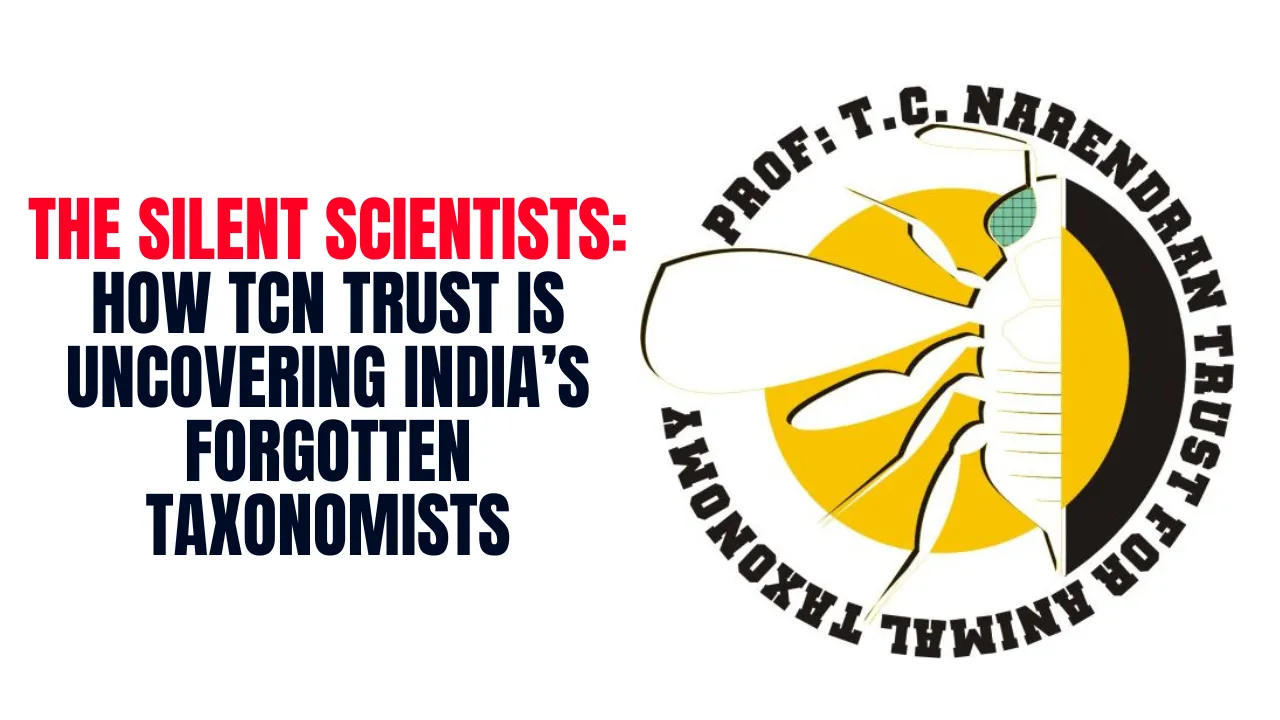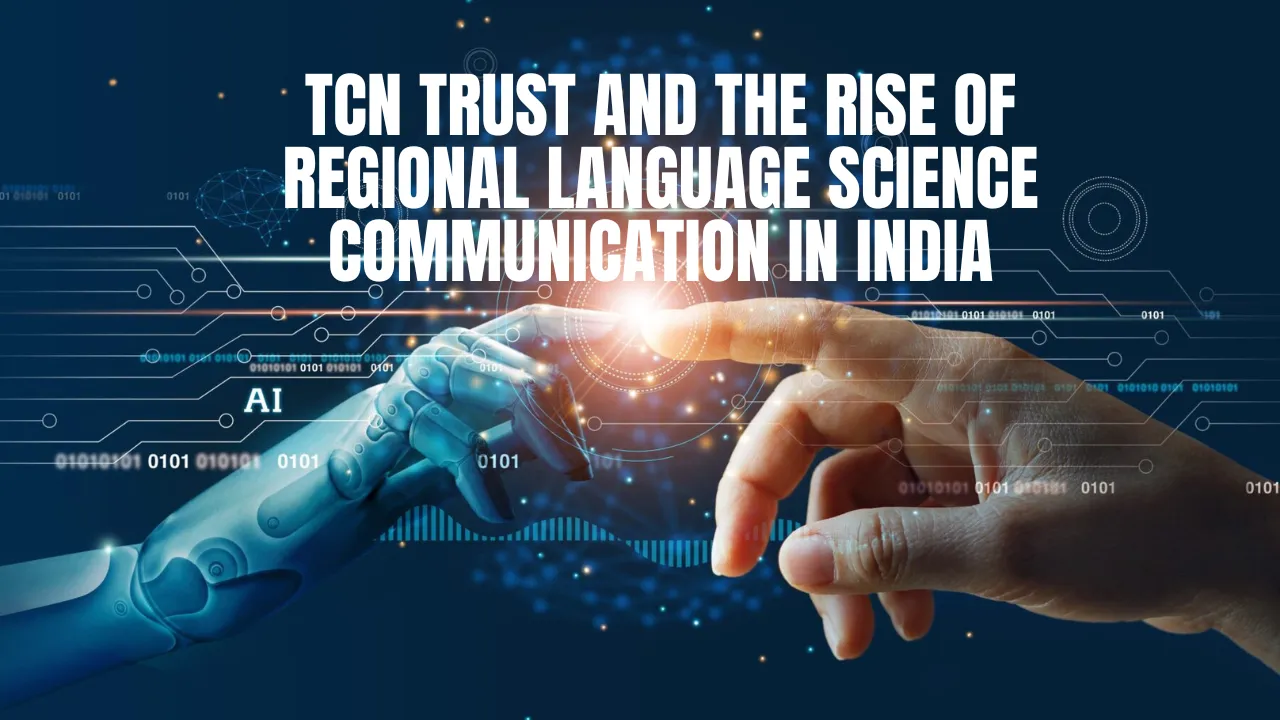Digitizing Type Specimens: Digitizing type specimens has become one of the most impactful changes in modern taxonomy and biological science. These key specimens, once confined to drawers and cabinets in museum collections, are now being transformed into digital formats that scientists can access from anywhere in the world. This shift is especially critical as researchers increasingly rely on accurate, verified data to understand and protect global biodiversity.
Leading this movement is TCN Trust, a forward-thinking organization dedicated to making historical and rare taxonomic specimens more accessible and usable. By collaborating with museums and research institutions, TCN Trust is preserving the physical while empowering the digital. This article explores how their work is reshaping access to vital biological information, enhancing research collaboration, and setting a new standard for how we preserve and share natural history.
The Importance of Digitizing Type Specimens
At the heart of modern taxonomy lies the task of digitizing type specimens, which are the original, name-bearing examples for every described species. These specimens are critical to species identification, classification, and validation. Historically, they’ve been kept in large, often under-funded museum collections, inaccessible to the global scientific community. Their physical condition, delicate by nature, also limits how often they can be handled or studied in person.
Digitization changes everything. It creates detailed records—including high-resolution images, 3D scans, and metadata—that allow these important specimens to be viewed and studied remotely. This process not only supports preservation but also fuels faster, more inclusive biodiversity research. TCN Trust leads this transformation, providing tools, training, and partnerships to bring these priceless biological resources into the digital world.
Overview of TCN Trust’s Digital Mission
| Key Focus | Role in Specimen Digitization |
| Museum Collaboration | Works with global museums to digitize biological collections |
| Technological Integration | Uses imaging, 3D scanning, and metadata management |
| Open Data Accessibility | Publishes digital records on public platforms like GBIF and iDigBio |
| Scientific Preservation | Ensures long-term protection of rare and historic taxonomic specimens |
| Research Empowerment | Supports scientists worldwide with unrestricted access to digital resources |
How TCN Trust is Revolutionizing Museum Collections
TCN Trust’s core mission revolves around transforming traditional museum collections into globally accessible data hubs. For decades, taxonomists and biologists faced the frustrating reality that critical type specimens were housed far from their labs—in archives often closed to the public or under strict viewing conditions. TCN Trust stepped into this space with the goal of modernizing how biological knowledge is shared.
They began by partnering with natural history museums across different continents, identifying key biological collections most in need of digitization. Then came the investment in high-end digitization technology—from ultra-resolution cameras to 3D modeling equipment—to ensure that every detail of a specimen, no matter how small, could be captured. Through this process, data about morphology, collection date, habitat, and taxonomy is recorded, standardized, and integrated into public research platforms.
By making these records available to any researcher, regardless of location or funding, TCN Trust breaks down barriers to scientific progress. Whether a scientist is working from a university lab or a field station in a developing country, access to these digital collections empowers them to compare, classify, and conduct research with world-class references.
Why Type Specimens Matter
In taxonomy, the “type specimen” is the standard reference for a particular species—what scientists use to define and distinguish that species from all others. These specimens anchor the scientific name and provide the baseline for all comparisons. Every time a new specimen is found or a species is re-examined, researchers refer back to these types to verify identity.
But until recently, most type specimens were kept in vaults or restricted archives. Their fragile nature meant limited physical access, and when access was granted, it often required international travel, paperwork, and long wait times. With specimen digitization, researchers no longer need to handle these rare items directly. Instead, they can examine detailed images or 3D representations online and even run digital analyses without disturbing the original.
This shift is especially valuable in a time of urgent ecological challenges. As ecosystems change and species go extinct, quick access to accurate references becomes essential. Digitizing type specimens ensures that this knowledge is not lost but made more powerful through wide sharing.
Impact on Global Research Collaboration
The efforts of TCN Trust don’t stop at preservation—they’re about enabling collaboration. Digitized specimens are uploaded to open-access databases like GBIF and iDigBio, platforms that anyone can access for free. These platforms support biodiversity projects, climate research, invasive species tracking, and educational initiatives.
Researchers in remote or underfunded regions can now participate in the global scientific conversation. A biologist in Brazil studying amphibians or an entomologist in Kenya cataloging insect species can access data previously locked behind institutional walls. This equal access speeds up the rate of discovery, reduces duplication of effort, and allows for more thorough peer verification.
In addition, research institutions are increasingly using TCN Trust’s model to build collaborative networks, where multiple museums contribute digitized records to a shared resource. These networks form a dynamic and continually updated source of biological knowledge, fueling everything from textbooks to conservation strategies.
Technology and Tools Used by TCN Trust
To digitize specimens effectively, TCN Trust invests in a wide range of tools and technologies that allow for precision, scalability, and accessibility:
- High-resolution digital imaging for capturing fine anatomical details
- 3D laser scanning to generate rotatable, lifelike models of fragile specimens
- Standardized metadata entry systems for consistency across different collections
- Digital asset management platforms for secure, searchable storage
- Integration with international biodiversity databases to ensure global visibility
These technologies make the records not only scientifically valuable but also user-friendly, supporting use by taxonomists, ecologists, students, and educators.
Benefits of Digitizing Museum Collections (List)
- Preserves delicate historical specimens from damage or degradation
- Provides worldwide access to rare biological materials
- Speeds up species identification and taxonomic revisions
- Supports educational content with real-world scientific visuals
- Enables comparative studies without physical specimen transport
- Encourages open science through transparent, shared data
TCN Trust’s Collaborative Strategy (Bullet Points)
- Establishes partnerships with international and regional museums
- Trains local teams in digitization techniques and data curation
- Develops protocols for image capture, labeling, and archival standards
- Advocates for open-access science and public domain specimen data
- Encourages institutions to contribute to a unified digital taxonomy system
FAQs
What is a type specimen and why is it important?
A type specimen is the original reference used to describe a species. It serves as the scientific standard for identifying and comparing other specimens of that species.
What does TCN Trust do with digitized specimens?
They create high-quality digital records and make them available on public platforms, enabling researchers worldwide to study them remotely.
How do digitized specimens help biodiversity research?
They provide fast, reliable access to verified data, helping scientists identify species, track changes, and understand ecosystems more accurately.
Can local museums participate in this initiative?
Yes, TCN Trust actively works with regional museums, providing resources and training to digitize and share their collections.
Are these digital records free to use?
Yes, most digitized specimens are uploaded to open-access databases, where they can be freely used for research, teaching, or public information.
Final Thought
Digitizing type specimens is not simply a technical achievement—it’s a reimagining of how we share knowledge, conduct science, and protect the biological history of our planet. TCN Trust has proven that with the right vision, tools, and collaboration, we can turn museum drawers into digital libraries that serve the global community.
By bringing fragile, centuries-old specimens into the digital age, TCN Trust is ensuring that every species, every sample, and every discovery can be seen, studied, and shared without limits. Their work is shaping the future of taxonomy and giving scientists everywhere the ability to connect, contribute, and create lasting change in the field of biodiversity research.
